A sensing technology that can assess the quality of components in fields such as aerospace could transform UK industry.
Tag: 3d printing
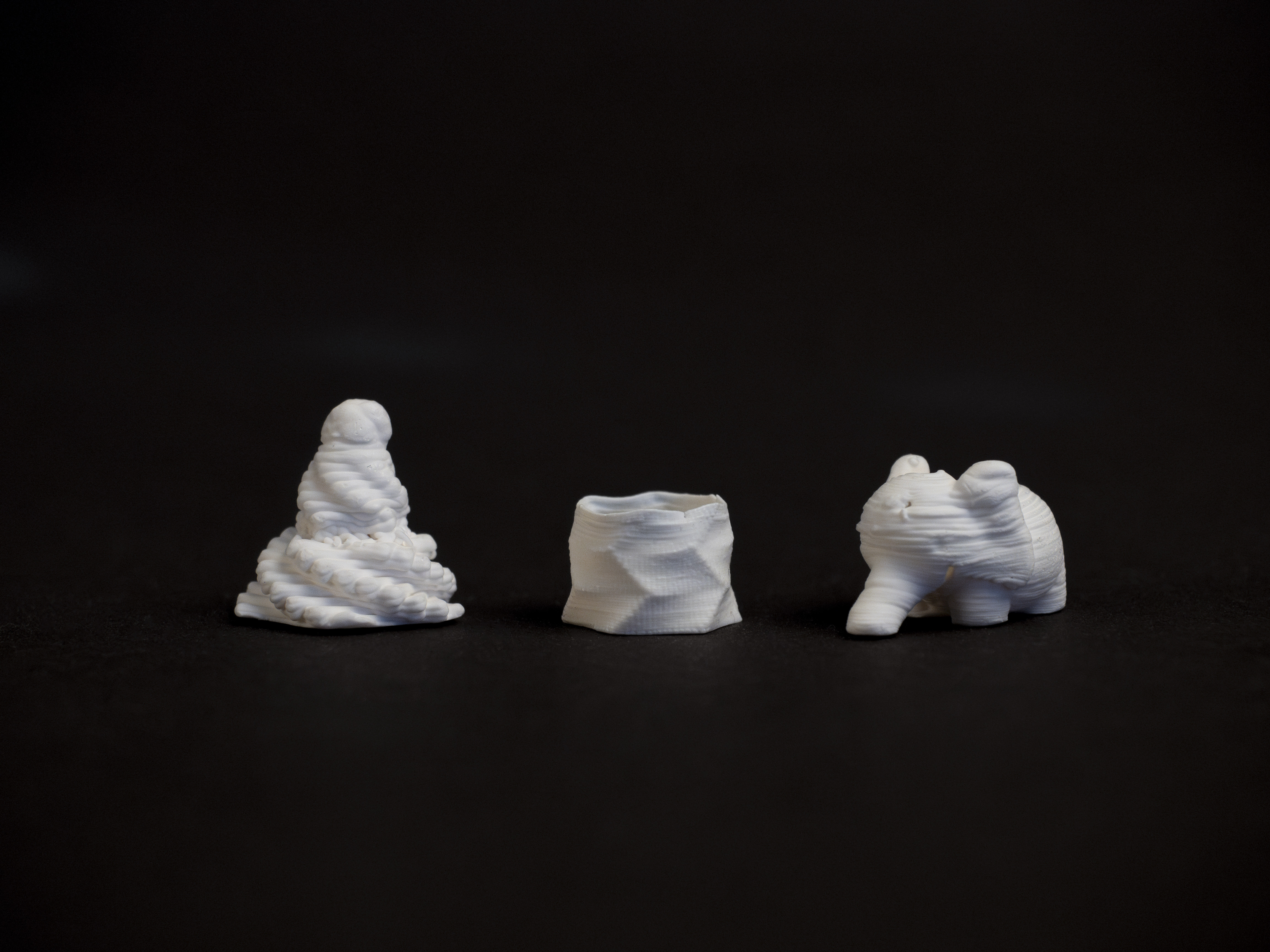
Airy cellulose from a 3D printer
Ultra-light, thermally insulating and biodegradable: Cellulose-based aerogels are versatile. Empa researchers have succeeded in 3D printing the natural material into complex shapes that could one day serve as precision insulation in microelectronics or as personalized medical implants.
Registration open for all LLNL summer education programs
Registration is now open for Lawrence Livermore National Laboratory’s summer education programs.
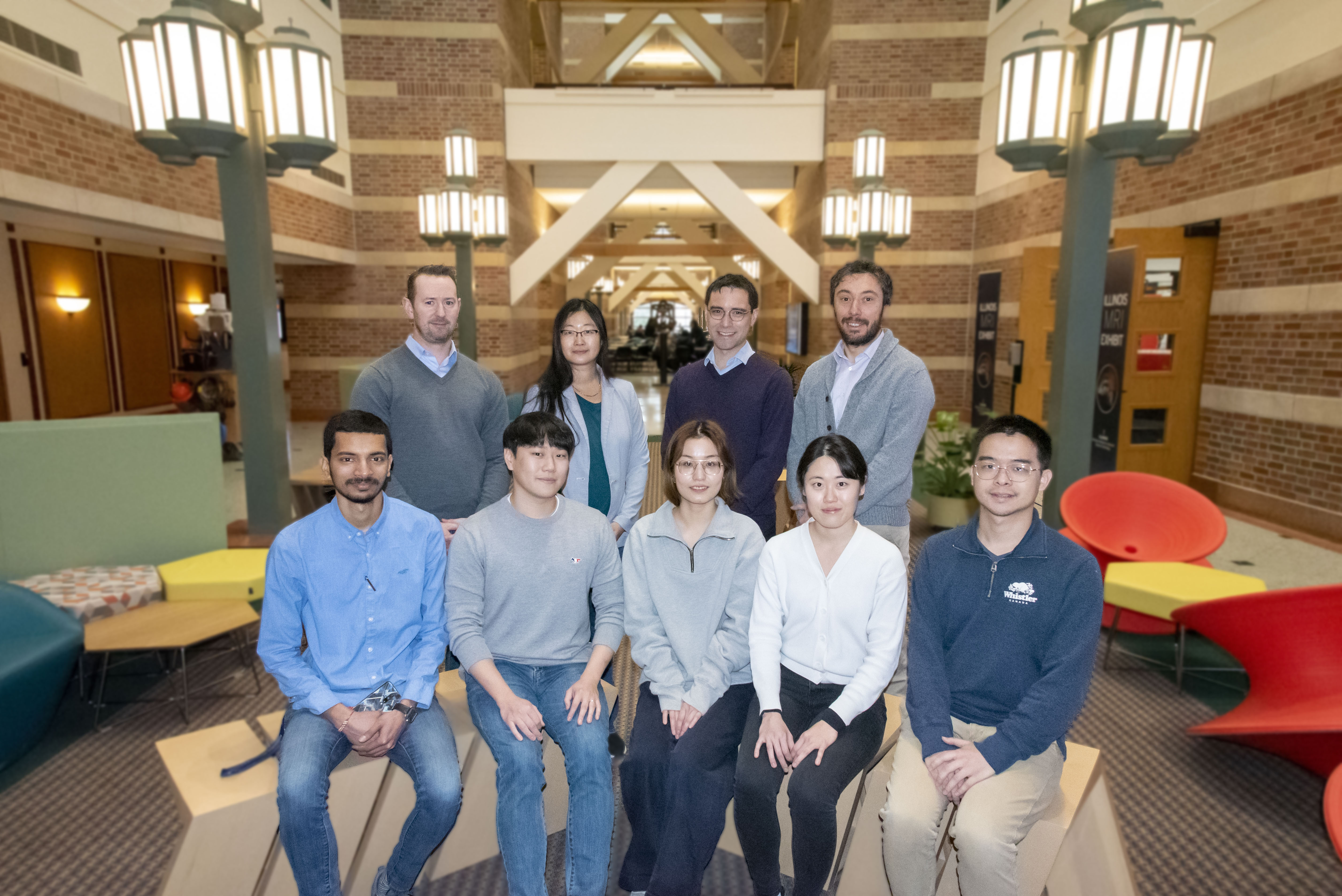
Chameleons inspire new multicolor 3D-printing technology
Inspired by the color-changing ability of chameleons, researchers developed a sustainable technique to 3D-print multiple, dynamic colors from a single ink. “By designing new chemistries and printing processes, we can modulate structural color on the fly to produce color gradients…
Are shapeshifting “soft machines” in our future? LLNL researchers advance material that responds to light
Researchers at Lawrence Livermore National Laboratory have furthered a new type of soft material that can change shape in response to light, a discovery that could advance “soft machines” for a variety of fields, from robotics to medicine.
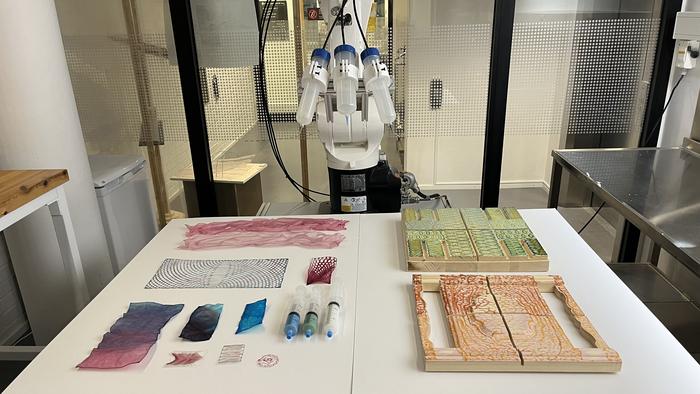
3D printed nanocellulose upscaled for green architectural applications
For the first time, a hydrogel material made of nanocellulose and algae has been tested as an alternative, greener architectural material.
Lawrence Livermore’s popular Science on Saturday lecture series returns to Las Positas College
Lawrence Livermore National Laboratory’s (LLNL) popular lecture series, “Science on Saturday,” returns Feb. 3 and runs through Feb. 24. The series offers four different lectures with the theme, “Magic of Materials.”
Benefit breakdown, 3D printed vs. wood molds
Oak Ridge National Laboratory researchers have conducted a comprehensive life cycle, cost and carbon emissions analysis on 3D-printed molds for precast concrete and determined the method is economically beneficial compared to conventional wood molds.
LLNL and Meta engineers develop 3D-printed material with potential for more lifelike wearables
Engineers and chemists at Lawrence Livermore National Laboratory and Meta have developed a new kind of 3D-printed material capable of replicating characteristics of biological tissue, an advancement that could impact the future of “augmented humanity.”

A Cocktail Party of 3D-Printed Robot Heads #ASA184
Imagine a cocktail party full of 3D-printed, humanoid robots listening and talking to each other. That seemingly sci-fi scene is the goal of the Augmented Listening Laboratory at the University of Illinois Urbana-Champaign. With precise control over the simulated subjects, the researchers can adjust the parameters of the experiment and even set the machines in motion to simulate neck movements. They will describe the talking human head simulators, and their work investigating how humans receive sound and developing audio technology, at the 184th ASA Meeting.
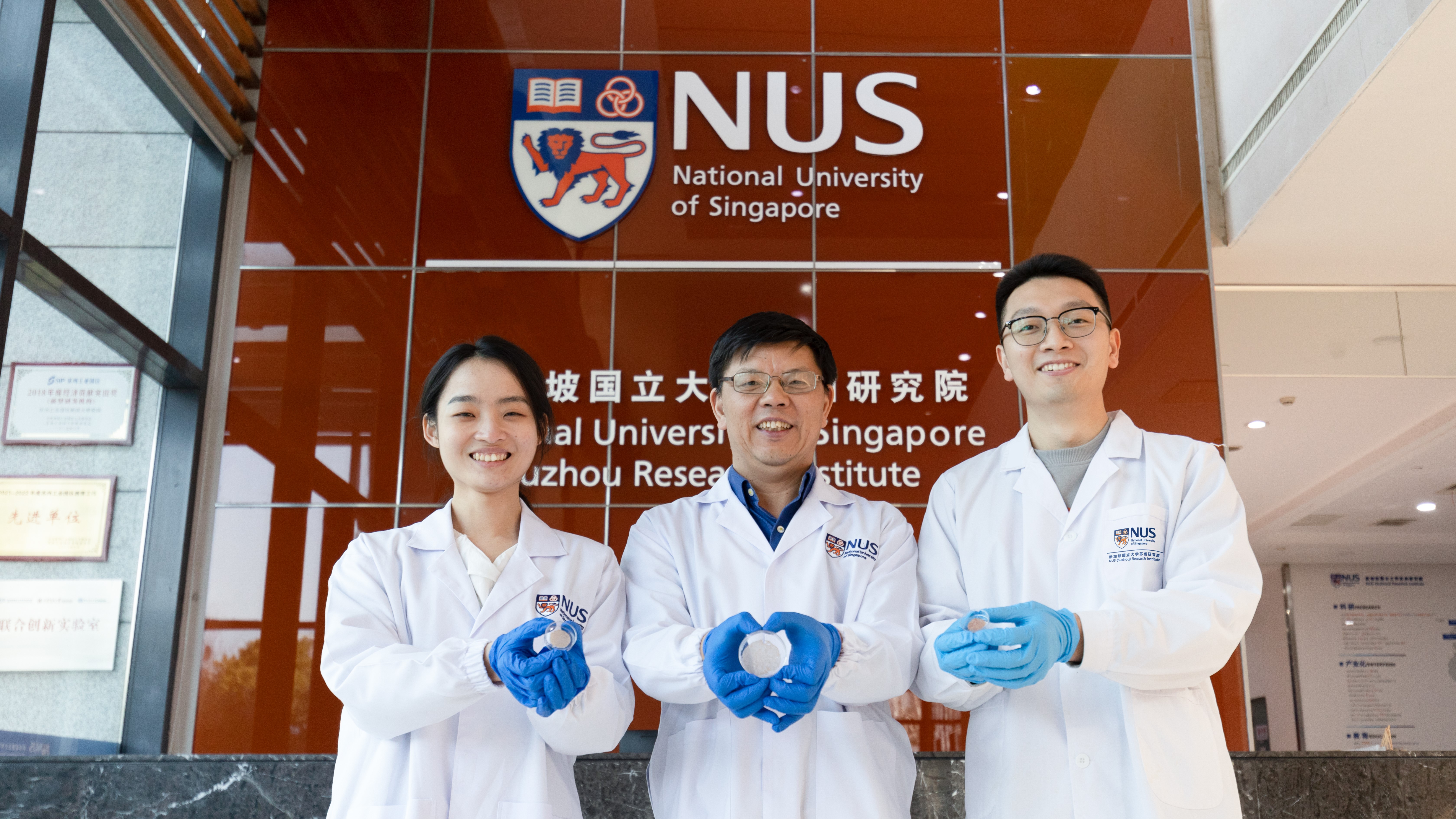
NUS scientists develop plant-based cell culture scaffold for cheaper, more sustainable cultured meat
A research team from the National University of Singapore (NUS) has successfully used common plant proteins to 3D-print an edible cell culture scaffold, allowing more affordable and sustainable lab-grown meat to be served on the table.
Cell culture scaffolds are typically made from synthetic or animal-based materials, which are either too expensive or inedible. In search of an alternative, the team led by Professor Huang Dejian, Deputy Head of the NUS Department of Food Science and Technology, turned to plant proteins, which are known to be biodegradable and biocompatible with animal cells. Crucially, plant proteins also satisfy common requirements for food consumption, making the resulting scaffold fit for culturing meat.
A Recipe for 3D-Printing Food
Additive manufacturing of food involves designing, pre-processing, manufacturing, and post-processing, and each step is an opportunity to create innovative foods. In Physics of Fluids, researchers identify factors that affect the print quality and shape complexity of the food created. For example, changing the printing patterns and ingredients of the initial mix or paste can affect the food’s matrix and microstructures and therefore its texture. Accounting for these features can increase food quality, improve control, and speed up printing.
3D-printed insoles measure sole pressure directly in the shoe
Researchers at ETH Zurich, Empa and EPFL are developing a 3D-printed insole with integrated sensors that allows the pressure of the sole to be measured in the shoe and thus during any activity. This helps athletes or patients to determine performance and therapy progress.
New superalloy could cut carbon emissions from power plants
Researchers from Sandia National Laboratories have shown that a new 3D-printed superalloy could help power plants generate more electricity while producing less carbon.
VULCAN forges new science for the future of 3D-printed metal
Oak Ridge National Laboratory researchers have developed a novel experimental platform called OpeN-AM to study additively manufactured metal in real time using beams of neutrons. The experimental system features a robotic arm that 3D-prints metal welds to create complex shapes and objects.
Joining Forces: Fast-as-lightning 3D Microprinting with Two Lasers
Printing objects from plastic precisely, quickly, and inexpensively is the goal of many 3D printing processes. However, speed and high resolution remain a technological challenge. A research team from the Karlsruhe Institute of Technology (KIT), Heidelberg University, and the Queensland University of Technology (QUT) has come a long way toward achieving this goal. It developed a laser printing process that can print micrometer-sized parts in the blink of an eye. The international team published the work in Nature Photonics. (DOI: 10.1038/s41566-022-01081-0)
Livermore Researchers Collect Three Awards Among The Top 100 Industrial Inventions
Lawrence Livermore National Laboratory (LLNL) scientists and engineers have garnered three awards among the top 100 industrial inventions worldwide.
Print, Recycle, Repeat: Scientists Demonstrate a Biodegradable Printed Circuit
Scientists have developed a fully recyclable and biodegradable printed circuit. The advance could divert wearable devices and other flexible electronics from landfill, and mitigate the health and environmental hazards posed by heavy metal waste.
Media Briefing Schedule for ACS Fall 2022
Media Briefing Schedule for ACS Fall 2022
Your next wooden chair could arrive flat, then dry into a 3D shape (video)
Instead of crafting wooden objects with a saw or chisel, scientists can now program a 3D printer to extrude flat wooden shapes that self-morph into complex, 3D shapes as they dry. Potential applications include furniture. The researchers will present their results today at ACS Fall 2022.
Baylor Study Combines Lithophane, 3D Printing to Enable Blind Individuals to “See” Data
Lithophane is an ancient artistic medium but never used to represent scientific data and imagery in a quantitative, controlled manner for tactile visualization and integration. Lithophane combined with 3D printing is turning scientific data into tactile graphics for all to see by eyesight or touch.
Pitt is the only university in the U.S. with this giant 3D printer for metal
The University of Pittsburgh is in exclusive company with a new state-of-the-art technology — the first Gefertec arc605 3D printer at any university in the U.S, thanks to funding from the Department of Energy and U.S. Army. The printer makes use of welding, melting wire made from metals like stainless steel, titanium and aluminum alloys and depositing it layer by layer. Pitt’s new Gefertec arc605 is much faster than previous metal 3D printers, which used lasers and metal powder.
Fancy a side of 3D printed carrots and crickets with your meal?
As the global population continues to age and grow, the demand for protein-rich food is also expected to increase concurrently. This has also caused concerns on increasing greenhouse gases, land and water consumption associated with the conventional rearing of animals for food.
Expert Alert: Options for laryngeal regeneration
Mayo Clinic is using 3D printing as a new option to heal the larynx after cancer or traumatic injury.
A flexible device that harvests thermal energy to power wearable electronics
University of Washington researchers have created the first-of-its kind flexible, wearable thermoelectric device that converts body heat to electricity.
Study: Making an artificial heart fit for a human — with focused rotary jet spinning, not 3D
In a new study published in Science, a team of researchers from Harvard, University of Pittsburgh, University of California, Irvine and University of Zurich have come together to utilize a new, more advanced method to fabricate artificial tissues and organs. The researchers proposed the process of focused rotary jet spinning. This team included Qihan Liu, an assistant professor in the University of Pittsburgh Swanson School of Engineering.
Closed-loop additive manufacturing fueled by upcycled plastic
Researchers at the Department of Energy’s Oak Ridge National Laboratory have developed an upcycling approach that adds value to discarded plastics for reuse in additive manufacturing, or 3D printing. The readily adoptable, scalable method introduces a closed-loop strategy that could globally reduce plastic waste and cut carbon emissions tied to plastic production.
Direct sound printing is a potential game-changer in 3D printing, according to Concordia researchers
Most 3D printing methods currently in use rely either on photo (light)- or thermo (heat)-activated reactions to achieve precise manipulation of polymers.
NASA funds LLNL to demonstrate “Replicator” 3D printer to produce cartilage in space
The National Aeronautics and Space Administration (NASA) announced April 15 it has awarded Lawrence Livermore National Laboratory (LLNL) and a private company with funding to develop LLNL’s revolutionary volumetric additive manufacturing (VAM) 3D printing technology to produce artificial cartilage tissue in space.
Pain in the Neck? New Surgical Method Could be Game-changing
Anterior cervical discectomy and fusion is widely used to treat spinal disorders. The fusion involves placing a bone graft or “cage” and/or implants where the surgically removed damaged disc was originally located to stabilize and strengthen the area. The risk factors for cage migration are multifactorial and include patient, radiological characteristics, surgical techniques and postoperative factors. A study is the first to evaluate the effect of the range of motion, cage migration and penetration using variable angle screws and cervical spine models. The plate developed and tested by the researchers provided directional stability and excellent fusion, showing promising clinical outcomes for patients with degenerative cervical spine disease.
A new 3D printing frontier: Self-powered wearable devices
Notre Dame researchers have created an innovative hybrid printing method — combining multi-material aerosol jet printing and extrusion printing — that integrates both functional and structural materials into a single streamlined printing platform.
Additively Manufacturing a Better Steel: The Key Could be in Synchrotron X-ray Techniques
A study led by Stony Brook University sheds light on the connection between the corrosion behavior and underlying materials structure in laser additively manufactured 316L stainless steel – a corrosion resistant metal. The findings may help to map pathways for engineering an even better printed alloy.
3D Nano-inks Push Industry Boundaries
A new, 3D-printable polymer nanocomposite ink has incredible properties — and many applications in aerospace, medicine and electronics.
Now We’re Cooking with Lasers
Imagine having your own digital personal chef; ready to cook whatever you want, tailoring the shape, texture, and flavor just for you–all at the push of a button. Columbia engineers have been working on doing just that, using lasers for cooking and 3D printing technology for assembling foods. In their new study they discovered that laser-cooked meat shrinks 50% less, retains double the moisture content, and shows similar flavor development to conventionally cooked meat.
Story tips: Getting to the root, empowering savings potential and hotter urban hydrology
ORNL story tips: Getting to the root, empowering savings potential and hotter urban hydrology
Nuclear reactor components 3D printed by ORNL now installed at TVA Browns Ferry nuclear plant
Four first-of-a-kind 3D-printed fuel assembly brackets, produced at the Department of Energy’s Manufacturing Demonstration Facility at Oak Ridge National Laboratory, have been installed and are now under routine operating conditions at the Tennessee Valley Authority’s Browns Ferry Nuclear Plant Unit 2 in Athens, Alabama.
Story tips: Sensing oil leaks, 3D prints in space, more fuel from ethanol, Arctic modeling boost, making isotopes faster and nano-enabled microscopy
Story tips: Sensing oil leaks, 3D prints in space, more fuel from ethanol, Arctic modeling boost, making isotopes faster and nano-enabled microscopy
LLNL optimizes flow-through electrodes for electrochemical reactors with 3D printing
To take advantage of the growing abundance and cheaper costs of renewable energy, Lawrence Livermore National Laboratory (LLNL) scientists and engineers are 3D printing flow-through electrodes (FTEs), core components of electrochemical reactors used for converting CO2 and other molecules to useful products.
3-D printed replicas reveal swimming capabilities of ancient cephalopods
Researchers took 3-D printed reconstructions of fossil cephalopods to actual water tanks (including a swimming pool) to see how their shell structure may have been tied to their movement and lifestyle.
Story tips: Powered by nature, get on the bus, accelerating methane, helping JET soar, charged up planning and building a better thermostat
ORNL story tips: Powered by nature, get on the bus, accelerating methane, helping JET soar, charged up planning and building a better thermostat
Taking cues from nature, breakthrough ‘cellular fluidics’ technology could have sweeping impacts
Inspired by the way plants absorb and distribute water and nutrients, Lawrence Livermore National Laboratory researchers have developed a groundbreaking method for transporting liquids and gases using 3D-printed lattice design and capillary action phenomena.
CU VET’s “3D Dog Eye Anatomy Model for Self Learning” Wins a Gold Medal at IWA 2020, Morocco
The 3D Dog Eye Anatomy Model for Self–learning, an innovation by the Faculty of Veterinary Science, Chulalongkorn University (CU VET) recently received the Gold Award at the International Innovation Week Africa (IWA) 2020 in Rabat, Morocco.
Story tips: Un-Earthly ice, buildings in the loop, batteries unbound and 3D printing for geothermal
ORNL story tips: Un-Earthly ice, buildings in the loop, batteries unbound and 3D printing for geothermal
Story tips: Stealthy air leak detection, carbon to chemicals and recycling goes large
ORNL story tips: Stealthy air leak detection, carbon to chemicals and recycling goes large
Chula Unveils World-Class Innovative Prosthesis Made by Thais
April 9, 2021 – Chula holds the 4th CHULA the Impact Seminar entitled “World–Class Innovative Prosthesis Made by Thais” showcasing the capabilities of Chula researchers from Chula Engineering Enterprises
Marine Animals Inspire New Approaches to Structural Topology Optimization
Researchers at Georgia Institute of Technology and the Pontifical Catholic University of Rio de Janeiro (Brazil) have uncovered a new approach to structural topology optimization is outlined that unifies both design and manufacturing to create novel microstructures. Potential applications range from improved facial implants for cranial reconstruction to better ways to get materials into space for planetary exploration.

Story tips: Urban climate impacts, materials’ dual approach and healing power
ORNL identifies a statistical relationship between the growth of cities and the spread of paved surfaces. // ORNL successfully demonstrates a technique to heal dendrites that formed in a solid electrolyte. // ORNL combines additive manufacturing with conventional compression molding.
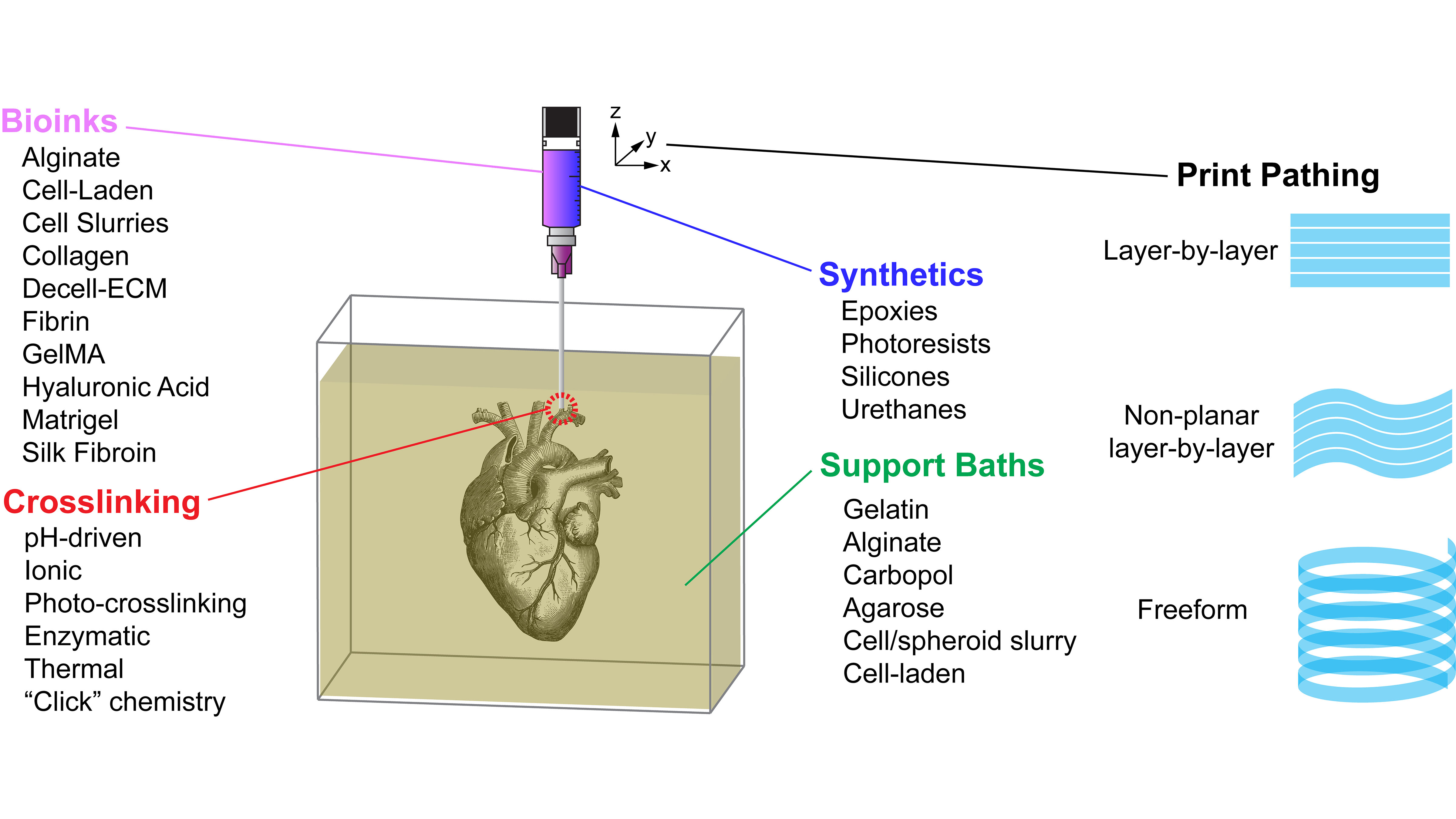
FRESH 3D-Printing Platform Paves Way for Tissues, Organs
Research into 3D bioprinting has grown rapidly in recent years as scientists seek to re-create the structure and function of complex biological systems from human tissues to entire organs. In APL Bioengineering, researchers from Carnegie Mellon University provide perspective on the Freefrom Reversible Embedding of Suspended Hydrogels 3D bioprinting approach, which solves the issue of gravity and distortion by printing within a yield-stress support bath that holds the bioinks in place until they are cured.
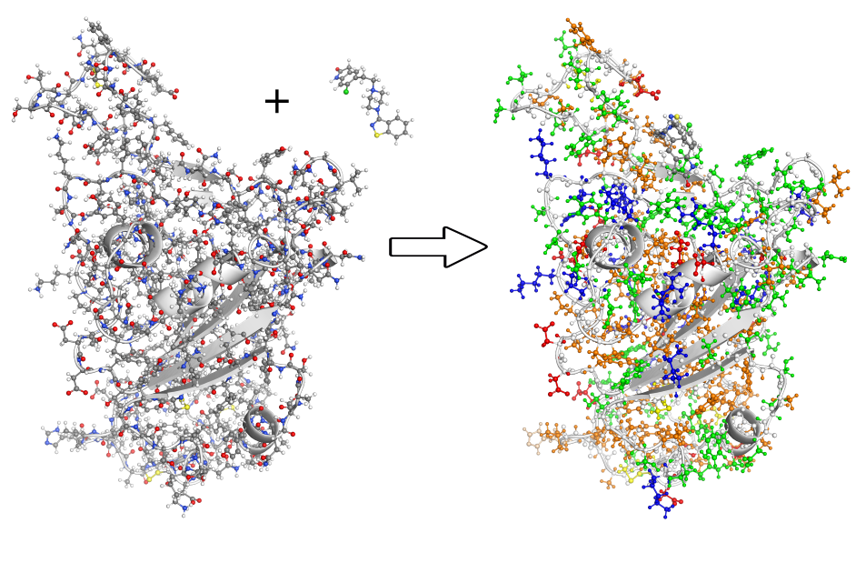
Story tips: Modeling COVID, permafrost lost and taking the heat
ORNL story tips: Modeling COVID, permafrost lost and taking the heat
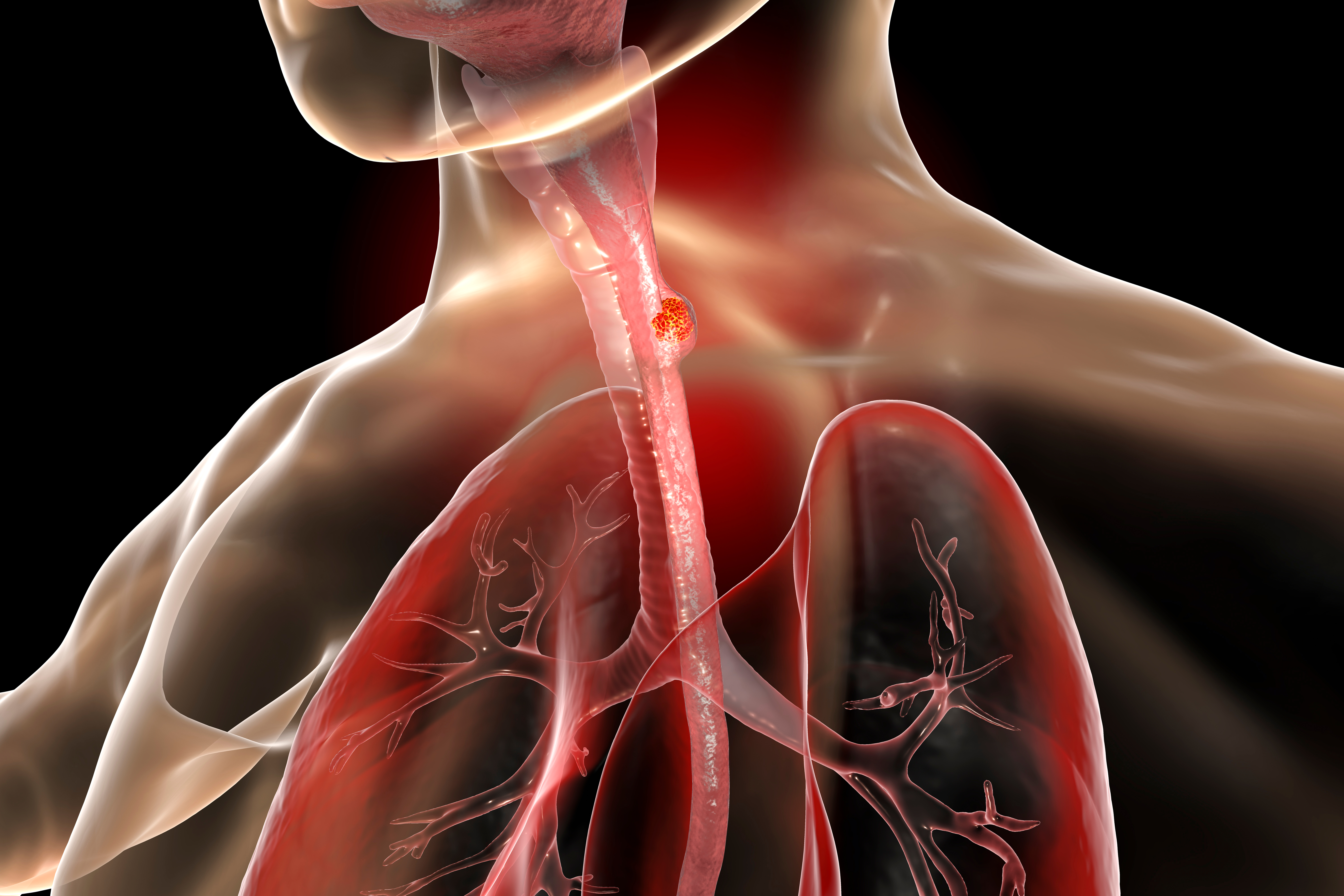
Novel 3D printed stents deliver breakthrough treatment for oesophageal cancer
World-first 3D printed oesophageal stents developed by the University of South Australia could revolutionise the delivery of chemotherapy drugs to provide more accurate, effective and personalised treatment for patients with oesophageal cancer.